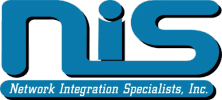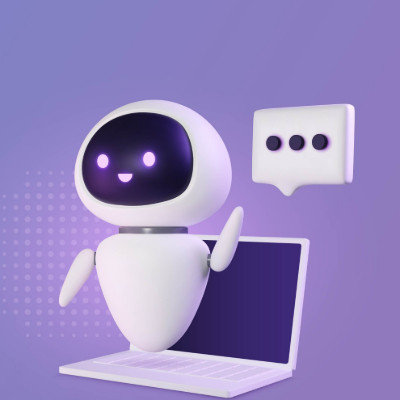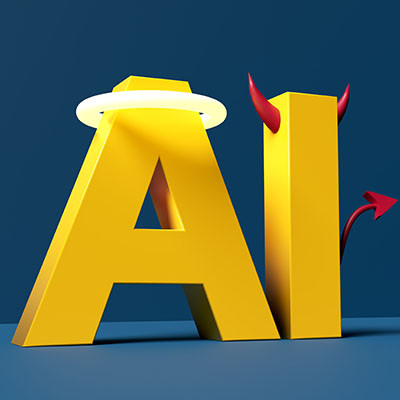With the rise of generative AI infiltrating pretty much every sector of society, it’s no wonder that businesses are finding creative new ways to use it for their gain. However, you need to be especially careful when using generative AI in the workplace. Today, we want to cover three common no-no’s that your business should keep in mind as it navigates the wild landscape that is AI.
Network Integration Specialists, Inc. Blog
The horror genre has always been a means of shining a light on society's fears and concerns, often using metaphor to convey its message. In the spirit of the holiday, let’s consider some of the films over the years that have used artificial intelligence to teach us lessons through the ever-so-effective format of fear.
A significant and growing number of small businesses are either actively using AI tools or exploring their potential, motivated by the promise of increased efficiency, cost savings, and gaining a competitive edge.
It's an exciting movement, proving that AI isn't just for huge mega corporations. Small businesses are using AI for everything from generating marketing content and handling customer service inquiries with chatbots to analyzing customer data and automating back-office tasks. The goal is to compete faster and smarter.
Is your business data hard to get to, like it's locked away and only a few people have the key? That can really hold your business back. Imagine if everyone on your team could easily use all the data you create and collect to make better decisions, faster. That's what data democratization is all about, and it’s a powerful tool. In today’s blog we briefly discuss how it works.
One of the biggest things that businesses need to consider today, from an IT front, is how artificial intelligence fits in. One way many companies are integrating AI into their businesses is through chatbot technology. Today, we will tell you everything you need to know to get started with chatbot technology.
Running a small business comes with many challenges: managing customers, handling inquiries, scheduling appointments, and marketing your services, just to name a few. While these tasks are mandatory for the creation of a successful business, they can also be extraordinarily time-consuming. That’s where chatbots come in.
Artificial intelligence is seen practically everywhere now, including at the top of Google’s recommended search results. If you don’t want these generated results appearing whenever you perform a search, there are ways to turn them off. In fact, you might really want them turned off… especially since they’re found to be wrong, depending on where the AI pulls this information from.
Artificial intelligence is the latest IT buzzword that everyone seems to focus on and it’s because it is a big deal. Advances in computing have created an environment where developers can create software that effectively learns. Unfortunately, due to the nature of AI regulation; or, the complete lack of it, there are some who are concerned that the technology—which could be a revolutionary tool for the improvement of human societies—is being degraded.
Artificial intelligence, or AI, has upended the way that we discuss technology in business, society, and individual everyday life. While we mostly focus on the benefits of the technology, there are many downsides to consider as well. That’s what we’d like to discuss today; how AI has a dark side to it that potentially requires regulation.
You might remember the buzz when Josh Allen, a digital artist, won first place at the 2022 Colorado State Fair for his digital artwork called "Théâtre D'opéra Spatial." The catch? He created the image using AI. Now, he’s in a fight with the Copyright Office to prove that his work deserves copyright protection.










